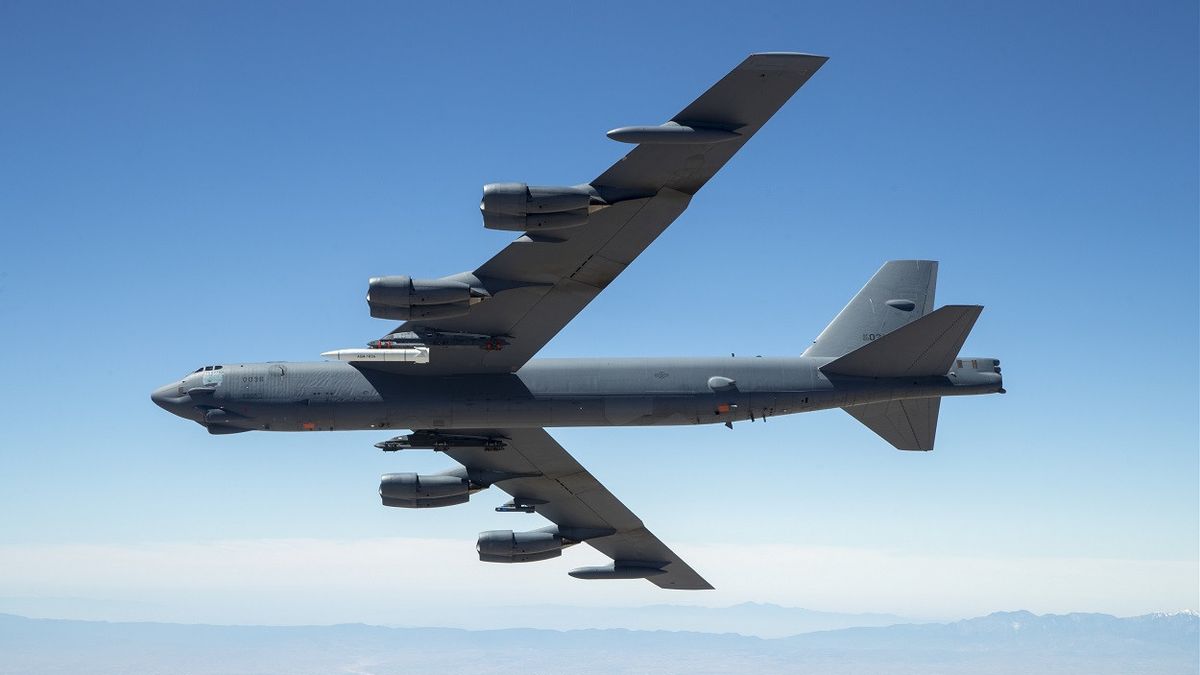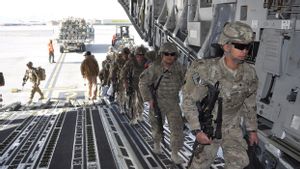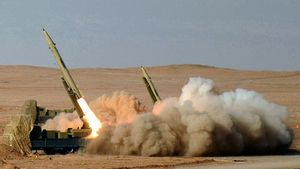JAKARTA - Russia has called the United States' hypersonic weapons test an attempt to catch up, claiming Moscow's missile capabilities outperform Washington.
The former head of the headquarters of Russia's Strategic Missile Forces Colonel General Viktor Yesin said the US was making efforts to catch up with Russia in the development of air-based hypersonic missiles.
"The US test air-based missiles were unable to reach speeds of Mach 5. This is where hypersonic speeds begin. But our Kinzhal missiles have long reached Mach 8," he told TASS as quoted on May 18.
Experts note hypersonic missiles can be powered (cruising) or without engines (gliding vehicles), the latter example being the Avangard missile, which can exceed Mach 20 speeds.
"But they are incomparable, because powered hypersonic missiles are much more complex than those without engines," Yesin added.
In Russia, hypersonic cruise missiles were built, in particular, by NPO Mashinostroyeniya, which developed the naval-based Zircon missile.

As previously reported, the United States Air Force announced a successful test launch of a hypersonic weapon, claimed to be capable of flying at up to five times the speed of sound, on Monday.
Conducted off the coast of Southern California on Saturday, the test involved a B-52 bomber releasing an Air-launched Rapid Response Weapon (ARRW), an AGM-183A missile according to the air force.
Earlier, the US Air Force reported on the successful test of a prototype hypersonic weapon in the ARRW program. The AGM-183A missile has reached five times the speed of sound.
"This is a major achievement by the ARRW team, for the arms companies, and for our Air Force," said Brigadier General Heath Collins, the Air Force's program executive officer for weapons, cited from CNN.
VOIR éGALEMENT:
ARRW is a hypersonic weapon that uses rocket boosters to accelerate missiles to speeds in excess of Mach 5, or five times the speed of sound. A hypersonic glide vehicle then separates from the booster and glides at high speed towards its target.
Previously, the US Air Force had struggled with testing the AGM-183A ARRW, during which the team had three flight test failures, before finally succeeding.
The English, Chinese, Japanese, Arabic, and French versions are automatically generated by the AI. So there may still be inaccuracies in translating, please always see Indonesian as our main language. (system supported by DigitalSiber.id)

















